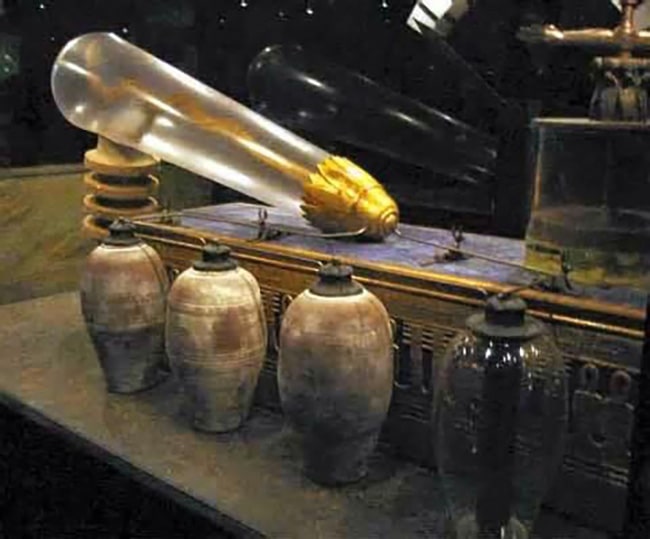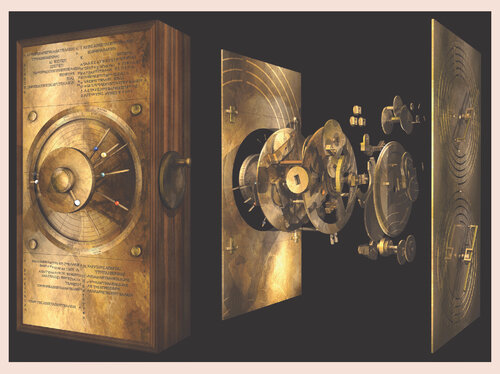The Baghdad Battery is an ancient artifact that has intrigued historians, archaeologists, and scientists for decades. This peculiar set of three objects—a ceramic pot, a copper tube, and an iron rod—was discovered in 1936 in present-day Khujut Rabu, Iraq, near the ancient metropolis of Ctesiphon. The battery’s origins and purpose remain shrouded in mystery, leading to numerous theories and debates. In this article, we will delve into the history, theories, and controversies surrounding the Baghdad Battery.
The Discovery and Physical Description
In 1936, Wilhelm König, the director of the National Museum of Iraq, unearthed the Baghdad Battery. Found close to Ctesiphon, a former capital of the Parthian and Sasanian empires, the artifact is believed to date back to these periods, approximately between 150 BC and 650 AD. The battery consists of:
- A terracotta pot about 140 mm (6 inches) tall.
- A rolled copper cylinder.
- An iron rod.
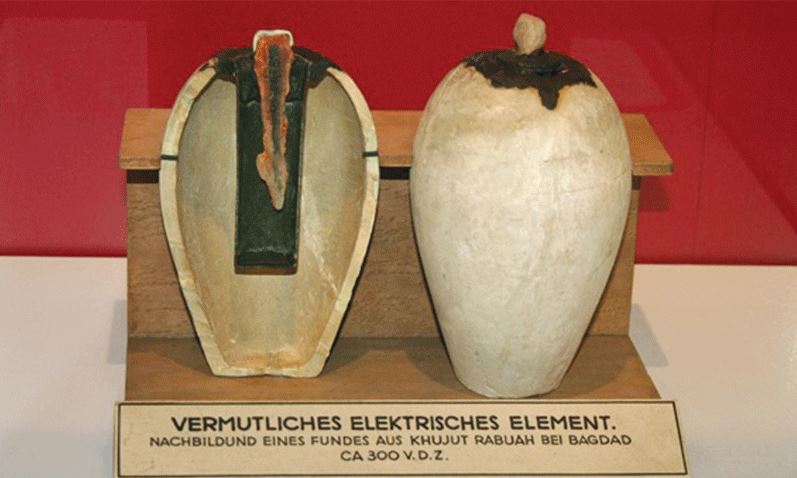
The copper cylinder fits snugly inside the pot, with the iron rod inserted into the cylinder. Bitumen seals the top, isolating the iron rod from the copper. The entire assembly could potentially hold a liquid, which would surround the iron rod within the copper cylinder.
Theories and Hypotheses
Wilhelm König’s Galvanic Cell Theory
Wilhelm König speculated that the Baghdad Battery might function as a galvanic cell. He hypothesized that the artifacts could have been used for electroplating or electrotherapy. The presence of acidic agents, such as vinegar or wine, within the pot suggested a potential for generating an electric current through the difference in electrode potentials between the copper and iron.
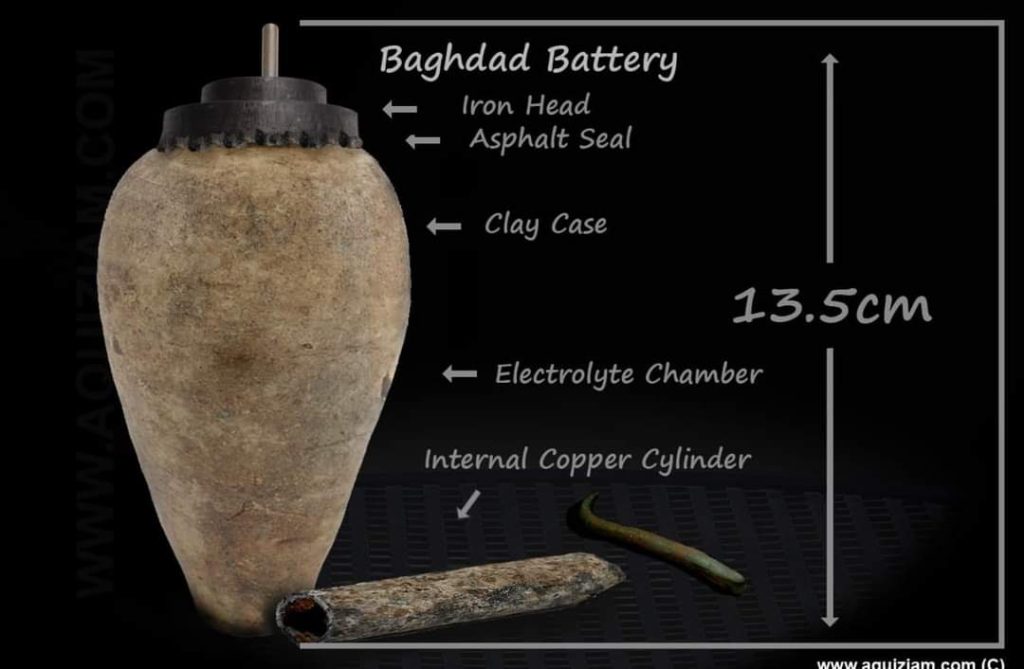
Electroplating Hypothesis
König’s theory posited that the battery could have been used to electroplate gold onto silver objects. He observed fine silver artifacts from ancient Iraq, which seemed to be plated with thin layers of gold. This hypothesis has been met with skepticism and rejection by many archaeologists and scientists. For instance, Paul Craddock of the British Museum pointed out that conventional gold plating and mercury gilding were common during that era, and there is no irrefutable evidence supporting the electroplating theory.
Supporting Experiments and Modern Replications
After World War II, various experiments attempted to validate König’s galvanic cell theory. Willard Gray successfully demonstrated current production by reconstructing the battery design and filling it with grape juice. Similarly, W. Jansen used benzoquinone and vinegar to achieve satisfactory performance.
In 1978, Arne Eggebrecht, a past director of the Roemer- und Pelizaeus-Museum Hildesheim, reportedly managed to electroplate gold onto a small statue using a reconstructed Baghdad Battery. However, this experiment lacked proper documentation and photographic evidence, casting doubt on its authenticity.
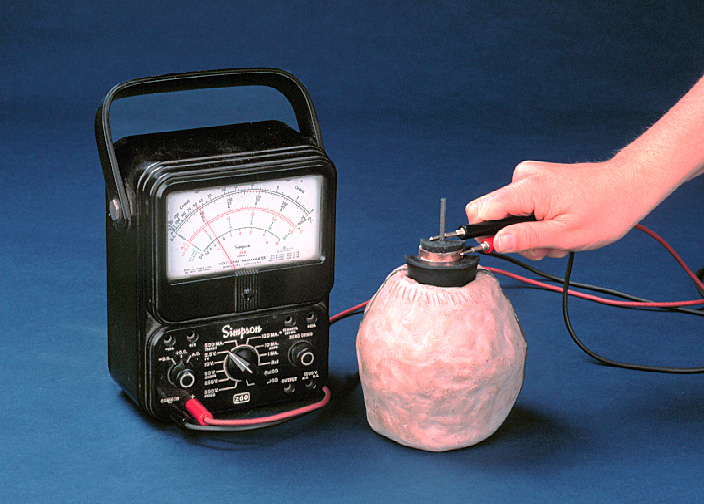
MythBusters Investigation
The popular TV show MythBusters explored the Baghdad Battery in their 29th episode, aired on March 23, 2005. The team built replicas of the jars and used lemon juice as the electrolyte. Connected in series, the battery produced 4 volts of electricity, sufficient to electroplate a small token and power acupuncture-type needles. However, they found no evidence that the jars were used to deliver significant electric shocks, as co-host Adam Savage experienced only minor pranks during the experiment.
Controversies and Alternative Explanations
Lack of Electrical Connections
One significant issue with the galvanic cell theory is the absence of connections between the jars. For the battery to function effectively, a complete circuit is necessary. The iron rod projects outside the bitumen seal, but the copper tube does not, making it impossible to connect a wire to complete the circuit. This limitation raises questions about the practical use of the Baghdad Battery for generating electricity.
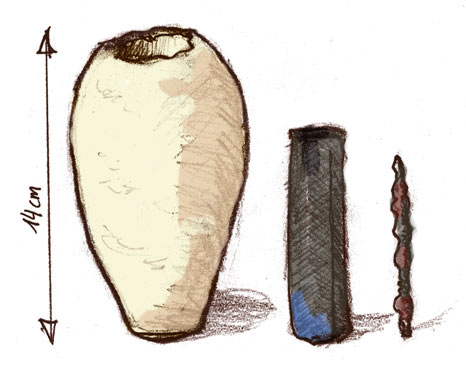
Sacred Scroll Storage Theory
An alternative explanation suggests that the Baghdad Battery might have been used as a storage vessel for sacred scrolls. This theory aligns with similar artifacts found in the region, such as clay vessels containing bronze cylinders and decomposed cellulose fibers. These objects are believed to have served a religious or cultic purpose, rather than an electrical one.
Frequently Asked Questions (FAQs)
1. What was the Baghdad Battery used for?
The purpose of the Baghdad Battery remains debated. Some hypothesize it was used for electroplating or electrotherapy, while others believe it was a storage vessel for sacred scrolls.
2. What is the Baghdad Battery?
The Baghdad Battery is an artifact comprising a ceramic pot, a copper tube, and an iron rod. Discovered in Iraq, its exact function and origin are still unclear.
3. When was the Baghdad Battery invented?
The Baghdad Battery is believed to date back to the Parthian or Sasanian periods, approximately between 250 BC and 640 AD.
4. How does the Baghdad Battery work?
The Baghdad Battery may have worked by using an acidic liquid like vinegar to create an electrochemical reaction between the copper and iron, producing a small electric current.
5. Where was the Baghdad Battery found?
The Baghdad Battery was discovered in Khujut Rabu, near Baghdad, Iraq, in 1936. Similar artifacts have been found in nearby archaeological sites.
Conclusion
The Baghdad Battery remains an enigmatic artifact, sparking curiosity and debate among experts and enthusiasts alike. Whether it was an ancient galvanic cell, a vessel for sacred scrolls, or something entirely different, the battery continues to captivate our imagination. As we uncover more about our past, the mysteries of the Baghdad Battery remind us of the ingenuity and complexity of ancient civilizations.
For more insights into ancient technologies and mysteries, explore our comprehensive guide to historical enigmas. Join us in unraveling the secrets of the past and discovering the wonders of our history.
Use of Our Content
⚠️ Content on “Mystery Uncover” is protected under US and International Copyright Laws.
You are free to reuse, republish, and share our content by giving credit to the source as Mystery Uncover with a link to the original material on mysteryuncover.com.


